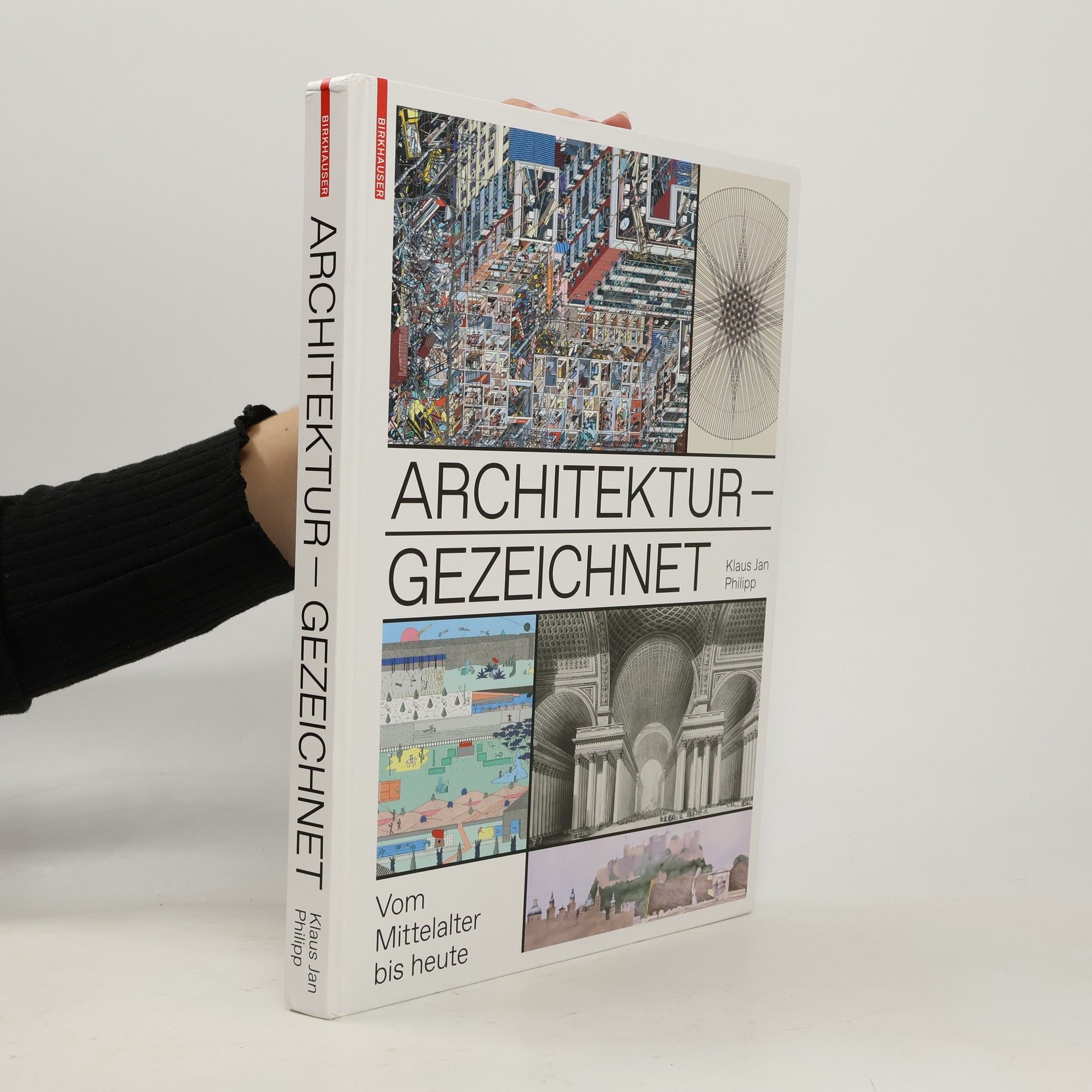Architektur - gezeichnet
- 352 pages
- 13 hours of reading
Die zweidimensionale Zeichnung ist mit Grundriss, Aufriss und Schnitt die notwendige Grundlage für jedes Bauen. In Perspektiven gewinnen die Ideen des Architekten ihren plastischen Ausdruck. Um Architektur zu vermitteln und zu bauen, sind Zeichnungen im verkleinerten Maßstab unverzichtbar: für den Architekten ebenso wie für Handwerker und Bauherren. Das Buch erzählt die Entwicklungsgeschichte der Architekturzeichnung und eröffnet so einen Blick in die faszinierende Welt dieses Darstellungsmediums. Es zeigt keineswegs nur nüchterne technische Zeichnungen, sondern vor allem beeindruckende, immer wieder überraschende Bilderfindungen von geradezu malerischer Qualität. Es ist damit auch ein überzeugendes Plädoyer für die immer wieder neuen Wege, Architektur zu zeichnen und so zukünftige Welten zu imaginieren.

